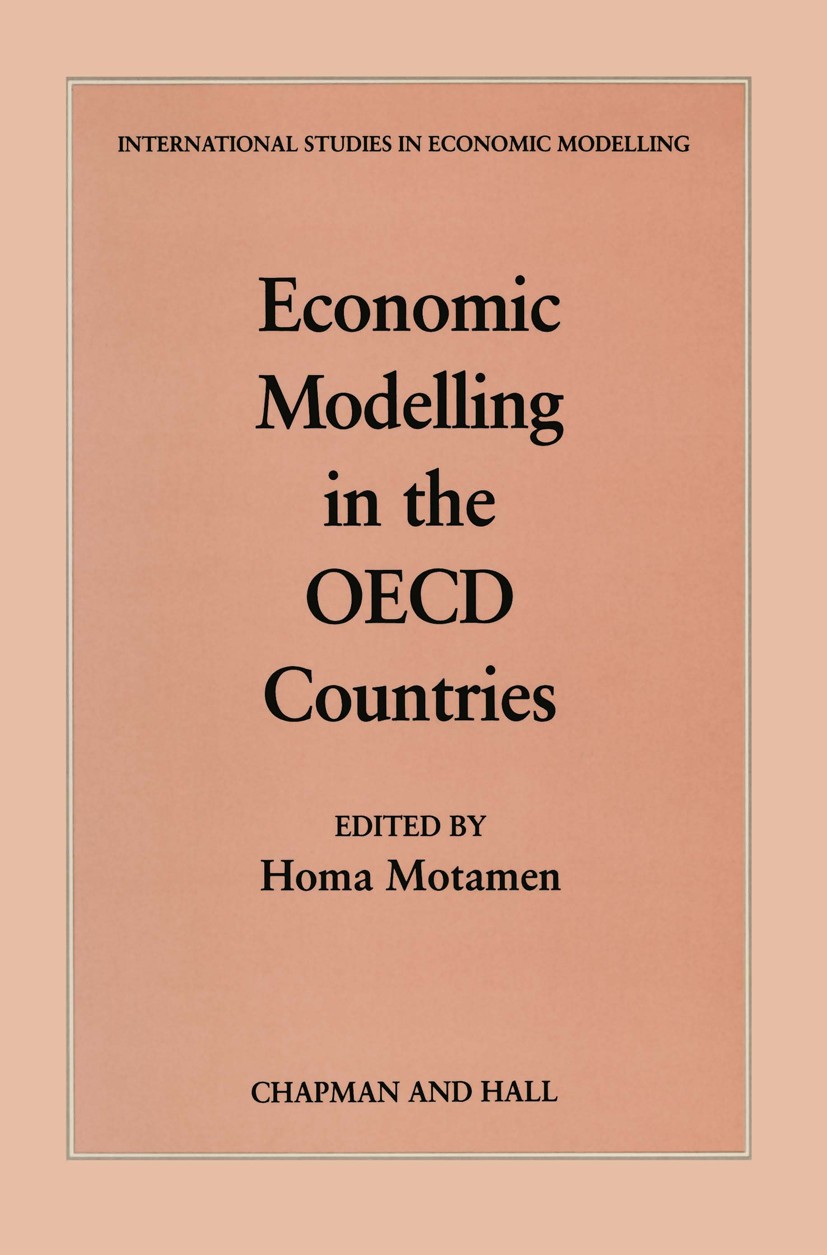| 书目名称 | Economic Modelling in the OECD Countries | | 编辑 | Homa Motamen (Executive Director) | | 视频video | http://file.papertrans.cn/302/301714/301714.mp4 | | 丛书名称 | International Studies in Economic Modelling | | 图书封面 |  | | 描述 | among the 159 member countries of the United Nations Organization which are treated as country units, while smaller countries are grouped together in regions. The number of equations used is approximately 13 700, while the number of software steps for computation is approximately 100000. Computation, including tabulation, can nevertheless be performed very rapidly, and only about 20 minutes is required to make forecasts from the present up to the year 2000. The FUGI model is at present being used by the Projections and Perspectives Studies Branch, Department of International Economic and Social Affairs of the United Nations, for simulations of United Nations medium- and long-term international development strategies, while the Project LINK model is being used for short-term forecasts (Onishi, 1985). Stimulated by our latest joint research with the United Nations University on a ‘global early warning system for displaced persions‘, we have felt the need for our FUGI model to go beyond its present capacities centred on an ‘economic‘ model (in the rather traditional, restricted sense of the term) and to develop into a model that can in the future analyse ‘global problematiques‘ or ‘gl | | 出版日期 | Book 1988 | | 关键词 | Investment; banking; economic growth; economic policy; economy; simulation | | 版次 | 1 | | doi | https://doi.org/10.1007/978-94-009-1213-7 | | isbn_softcover | 978-94-010-7039-3 | | isbn_ebook | 978-94-009-1213-7 | | copyright | Chapman and Hall Ltd 1988 |
The information of publication is updating

|
|
 |Archiver|手机版|小黑屋|
派博传思国际
( 京公网安备110108008328)
GMT+8, 2025-12-24 23:43
|Archiver|手机版|小黑屋|
派博传思国际
( 京公网安备110108008328)
GMT+8, 2025-12-24 23:43


